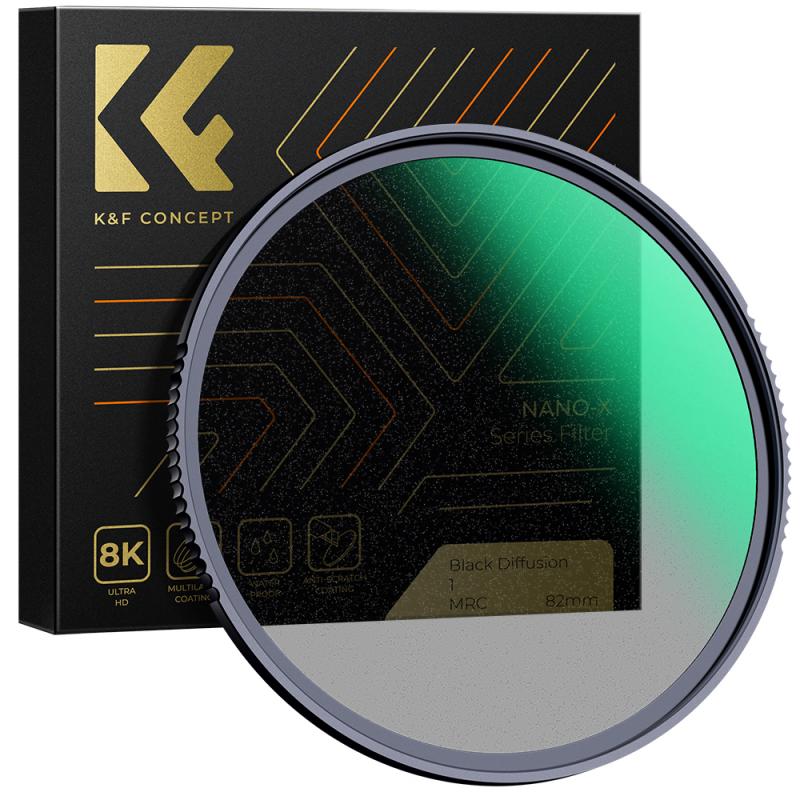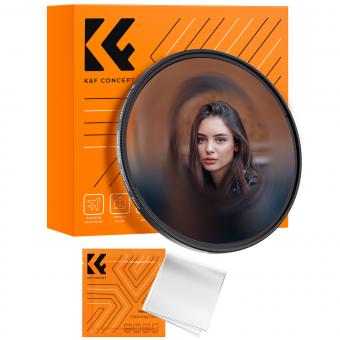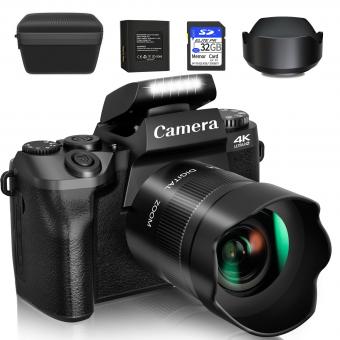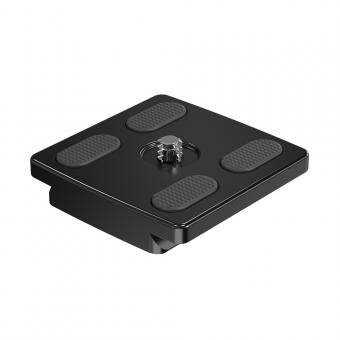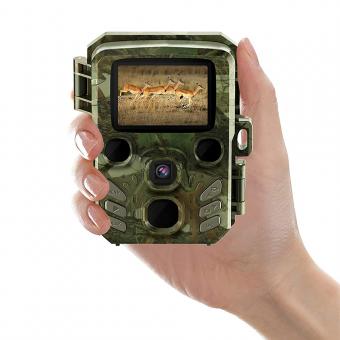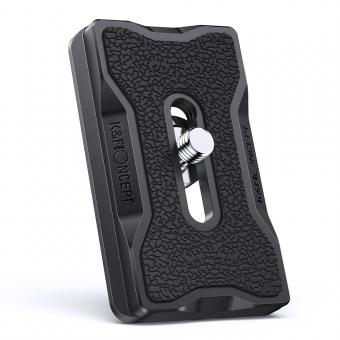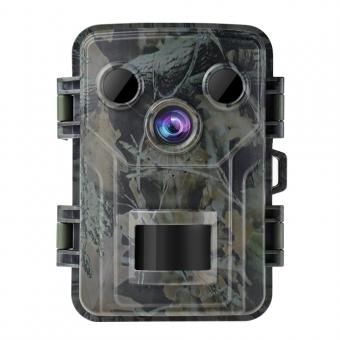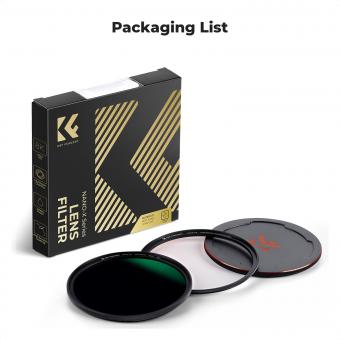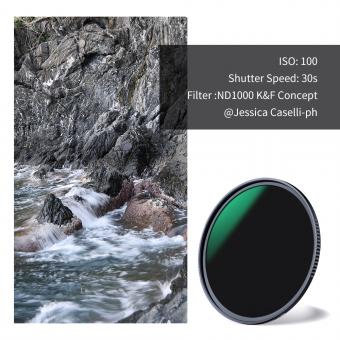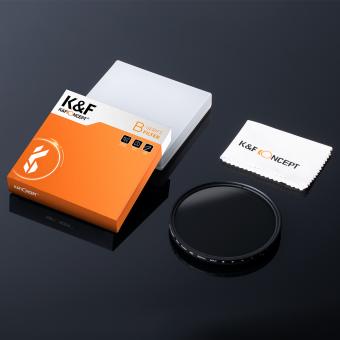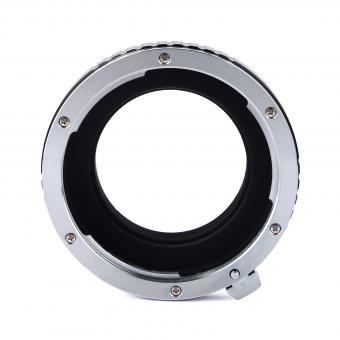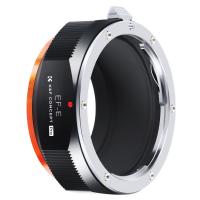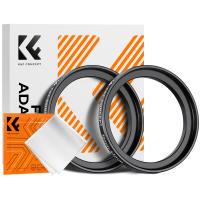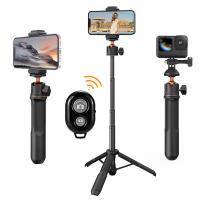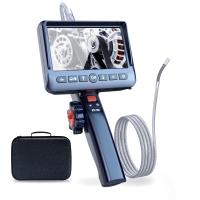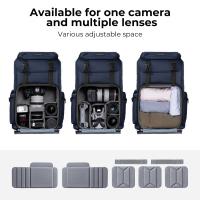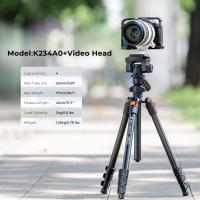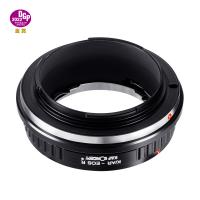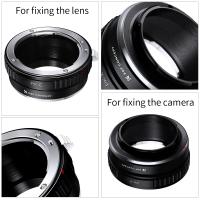What Is My Filter Size Camera ?
I'm sorry, but I cannot determine the filter size of your camera without additional information. The filter size of a camera lens is typically indicated on the front of the lens and can vary depending on the make and model of the camera. You may be able to find the filter size by checking the camera's manual or by searching online for the specifications of your specific camera model.
1、 Understanding Camera Filters
What is my filter size camera? The filter size of your camera depends on the lens you are using. Most lenses have the filter size printed on the front of the lens or in the lens manual. It is important to know the filter size of your lens so that you can purchase the correct size filter.
Understanding camera filters is important for any photographer. Filters can be used to enhance colors, reduce glare, and protect your lens. There are many different types of filters available, including UV filters, polarizing filters, neutral density filters, and color filters.
UV filters are used to protect your lens from scratches, dust, and fingerprints. They also help to reduce haze and improve clarity in your photos. Polarizing filters are used to reduce glare and reflections, and to enhance colors and contrast. Neutral density filters are used to reduce the amount of light entering your lens, allowing you to use slower shutter speeds or wider apertures in bright conditions. Color filters are used to add or enhance specific colors in your photos.
The latest point of view on camera filters is that they are still an important tool for photographers, even in the age of digital editing. While many effects can be achieved in post-processing, filters can still provide a more natural and subtle effect. Additionally, filters can help to protect your lens and improve the quality of your photos straight out of the camera.
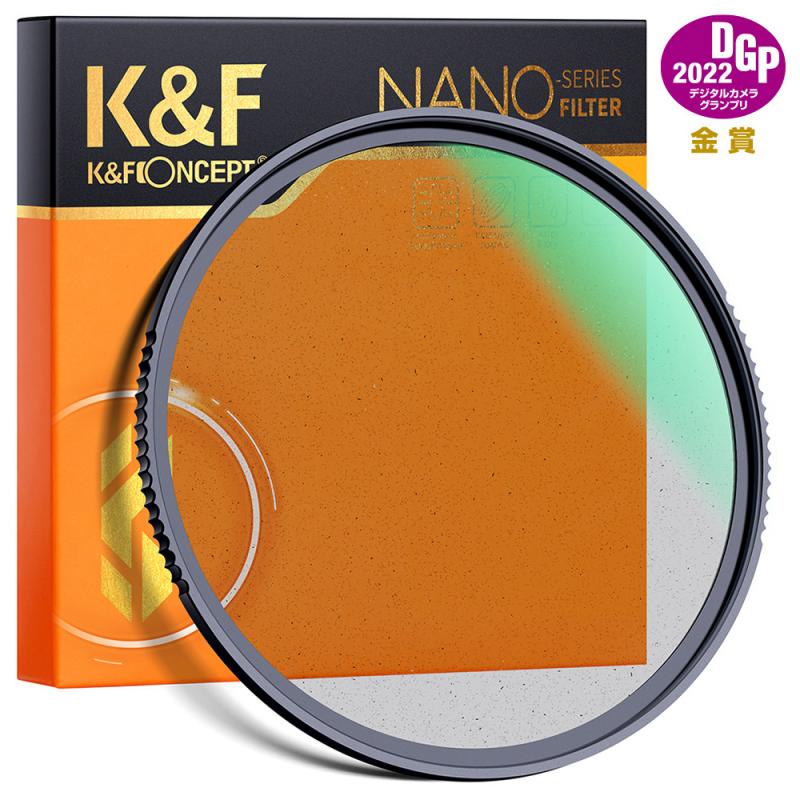
2、 Types of Camera Filters
What is my filter size camera? The filter size of your camera depends on the lens you are using. Different lenses have different filter thread sizes, which can range from 37mm to 95mm or even larger. To determine the filter size of your lens, look for the symbol "ø" followed by a number on the front of the lens. This number represents the diameter of the filter thread in millimeters.
Types of camera filters include UV filters, polarizing filters, neutral density filters, and color filters. UV filters are used to protect the front element of the lens from scratches, dust, and moisture. Polarizing filters reduce glare and reflections from non-metallic surfaces such as water, glass, and foliage. Neutral density filters reduce the amount of light entering the lens, allowing for longer shutter speeds and wider apertures in bright conditions. Color filters are used to add or subtract color from a scene, such as warming up a cool-toned image or cooling down a warm-toned image.
The latest point of view on camera filters is that they are still a valuable tool for photographers, despite the advancements in digital editing software. Filters can help achieve certain effects in-camera that may be difficult or impossible to replicate in post-processing. Additionally, using filters can save time and effort in editing, as the desired effect is already achieved in-camera.
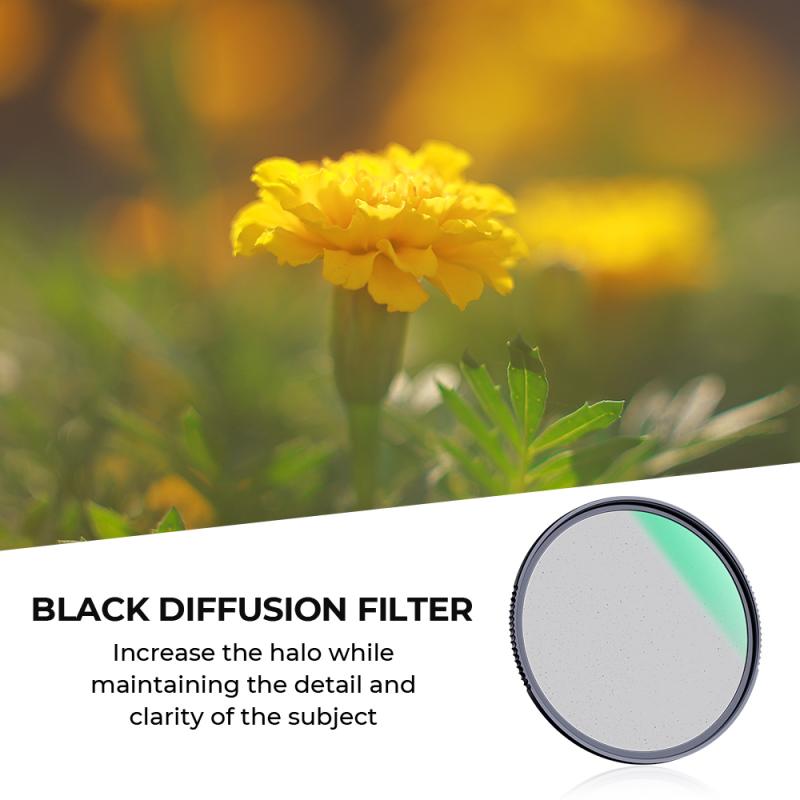
3、 Choosing the Right Filter Size
Choosing the Right Filter Size for your camera is an important decision that can greatly impact the quality of your photographs. The filter size refers to the diameter of the filter thread on the front of your lens, and it is important to choose the correct size to ensure that the filter fits properly and does not cause any vignetting or other issues.
To determine your filter size, you can check the front of your lens for the symbol "ø" followed by a number, which indicates the diameter of the filter thread in millimeters. Alternatively, you can consult your camera's manual or do a quick online search to find the filter size for your specific camera model.
It is important to note that not all lenses have the same filter size, so if you have multiple lenses, you may need to purchase different filters for each one. Additionally, some lenses may have a larger filter size than others, which can impact the cost of purchasing filters.
In recent years, there has been a trend towards using larger filters, such as 82mm or 95mm, to allow for greater flexibility and compatibility across multiple lenses. However, this can also increase the cost of purchasing filters and may not be necessary for all photographers.
Ultimately, choosing the right filter size for your camera depends on your specific needs and preferences. It is important to do your research and consider factors such as lens compatibility, cost, and the types of filters you plan to use before making a decision.
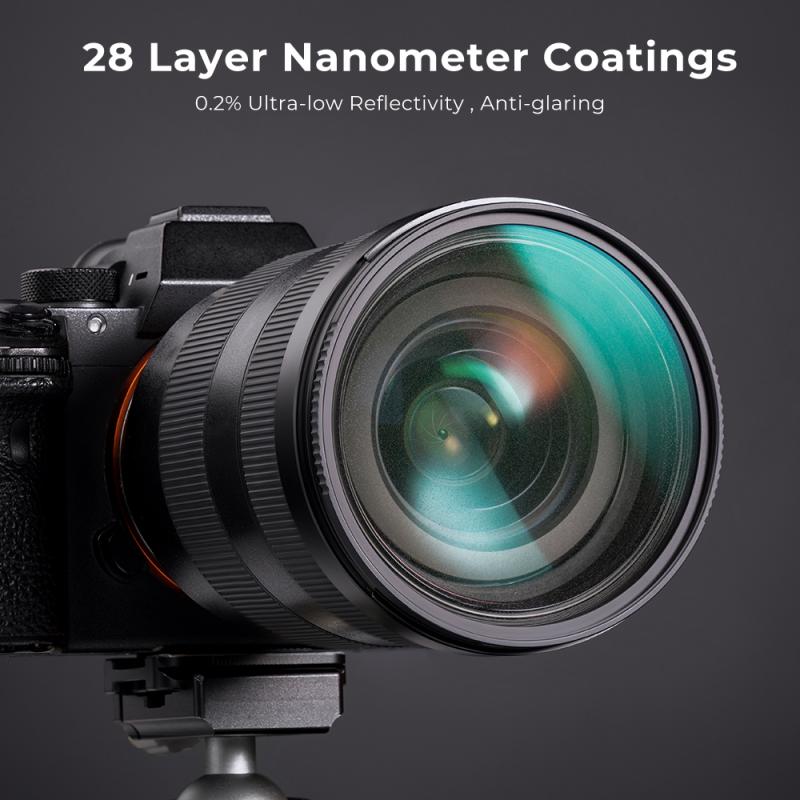
4、 Common Filter Sizes for Different Lenses
What is my filter size camera? The answer to this question depends on the specific camera and lens being used. Different lenses have different filter thread sizes, which determine the size of filters that can be attached to the lens. Some common filter sizes for different lenses include 52mm, 58mm, 67mm, 72mm, and 77mm.
It is important to note that not all lenses have filter threads, and some lenses may require special adapters to attach filters. Additionally, some lenses may have non-standard filter thread sizes, which can make it more difficult to find compatible filters.
In recent years, there has been a trend towards larger filter sizes, particularly for high-end lenses. This is because larger filters can provide better image quality and reduce the risk of vignetting (darkening of the corners of the image). Some lenses now have filter thread sizes of 82mm or even larger.
Ultimately, the best way to determine the filter size for a specific camera and lens is to consult the manufacturer's specifications or consult with a knowledgeable camera retailer or photographer.
